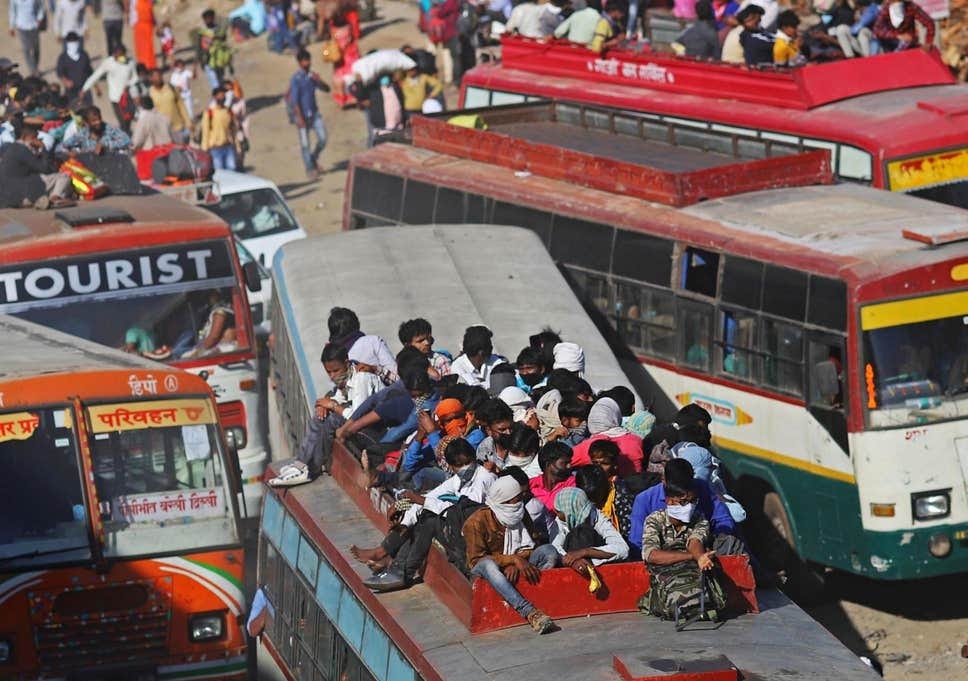India Caught in Coronavirus Surge
Health care system overwhelmed as millions flee virus in urban area

By: Neeta Lal
A massive surge in the number of Covid-19 cases across India has been linked to, among other things, an annual two-day convention of the Muslim sect Tablighi Jamaat on March 13, at which about 3,500 people congregated from all over the country and abroad in south Delhi’s Nizamuddin area.
In the wake of the event, almost 2,000 stayed in the …
Keep reading with a 7-day free trial
Subscribe to Asia Sentinel to keep reading this post and get 7 days of free access to the full post archives.
